News & Features

Colvin Special Award 2025 given to editors of The Pevsner Architectural Guides
In 2025, the Board of Trustees of the Society of Architectural Historians of Great Britain (SAHGB) decided to create the Colvin Special Award to recognise exceptional works and series of reference volumes in the discipline of architectural history. This award, chosen by the Trustees, is distinct from the annual Colvin Prize (which recognises outstanding works of reference in architectural history) and is to be bestowed occasionally.

The RIBA Collections Move: An Update
The Society has sought some further information about access to archival material during the interim closure period of the RIBA Study Room.

In Conversation with Sir Donald Insall
In conversation with Tanvir Hasan and John Cattell, one of the SAHGB's Honorary Patron Members, Sir Donald Insall, provides his recollections of the 1975 year, the lead up to it, including his consultancy's groundbreaking work at Chester, and attitudes to conservation then and now.

Professor Andrew Saint (1946-2025)
The Society has learnt with great sadness of the death of long-time member and Honorary Patron, Professor Andrew Saint.

Shortlists revealed for the 2025 Alice Davis Hitchcock Medallion and the Colvin Prize
The shortlists for two of the most important prizes in architectural history – the Alice Davis Hitchcock Medallion and the Colvin Prize – have been revealed.

SAHGB Announces Recipients of Spring 2025 Research and Publication Grants
We are proud to announce the Spring 2025 recipients of the SAHGB’s Research and Publication Grants. Awardees demonstrate the incredible scope of work celebrated by the Society.

Dominic Walker: Ruins and Remnants
During my time in Rome I studied the travel sketches of Louis I. Kahn (1901 – 1974) and the travel photographs of Sigurd Lewerentz (1885 – 1975). These two architects worked in tension between classical ideas and modernity, and they worked with their historical sources in highly personal ways.
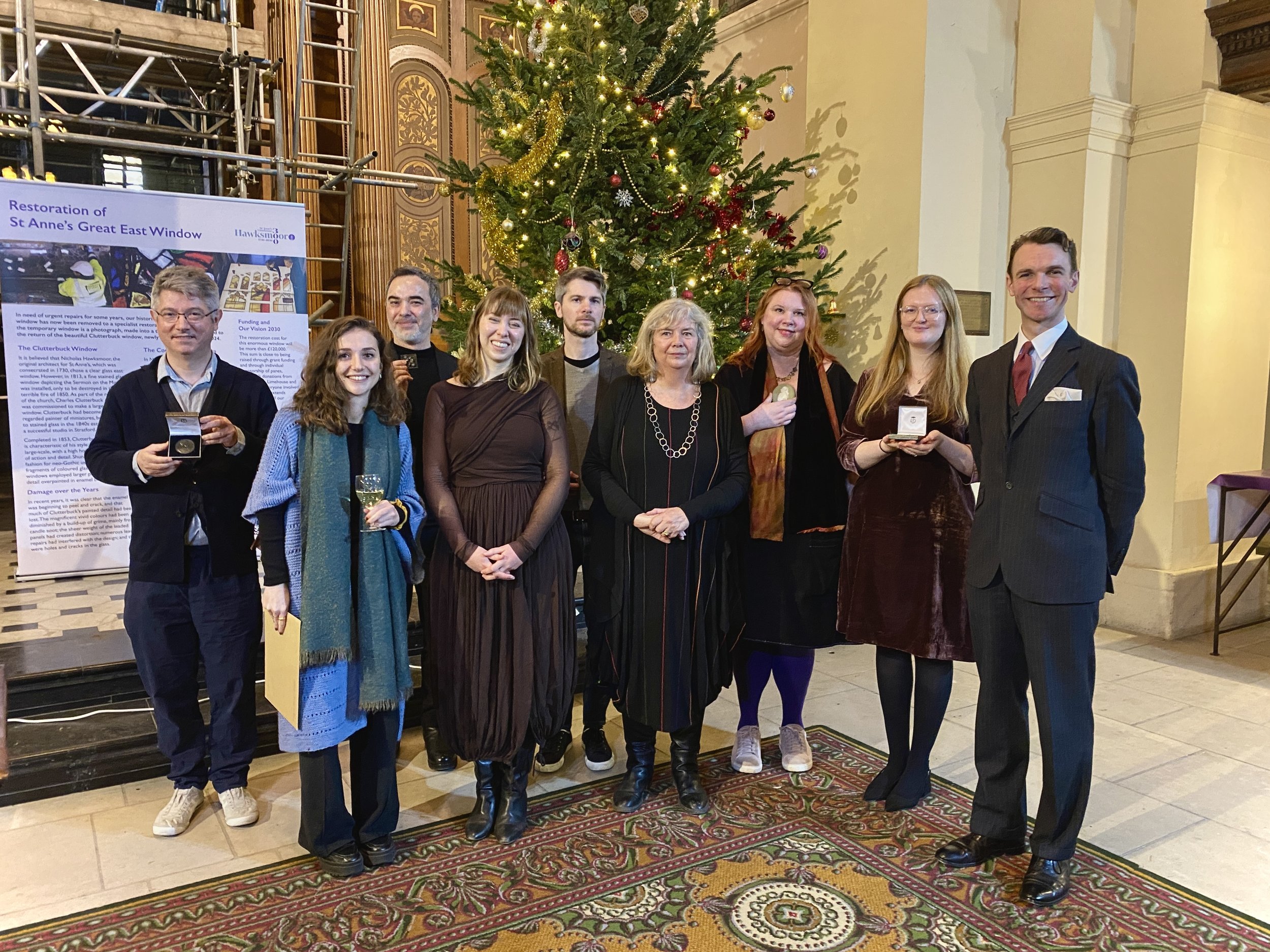
The 2024 Annual Awards Ceremony
The 2024 annual Awards ceremony took place 6 December at the church of St Anne’s, Limehouse, one of Nicholas Hawksmoor’s six London churches. Now surrounded by development, including nearby Canary Wharf, when completed in 1730 this imposing structure was surrounded by open pasture.
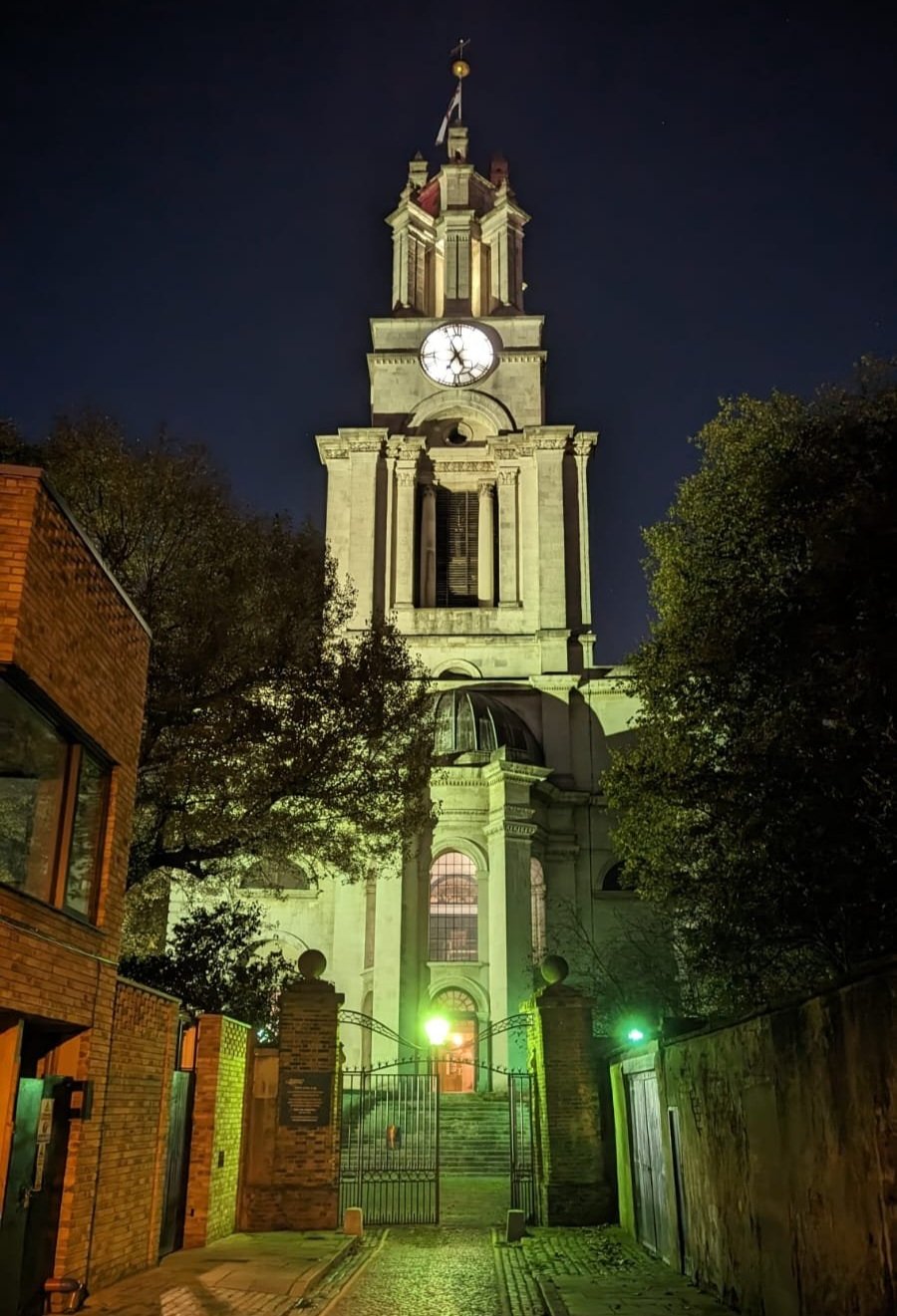
Hawksmoor’s Limehouse Landmark
Last week, the Society’s annual Awards ceremony took place at the church of St Anne’s, Limehouse, one of Nicholas Hawksmoor’s six London churches. Here, Philip Reddaway of Care for St Anne’s, writes more about its history and the plans to deliver its full restoration alongside the opening of new spaces and the churchyard to the local community.
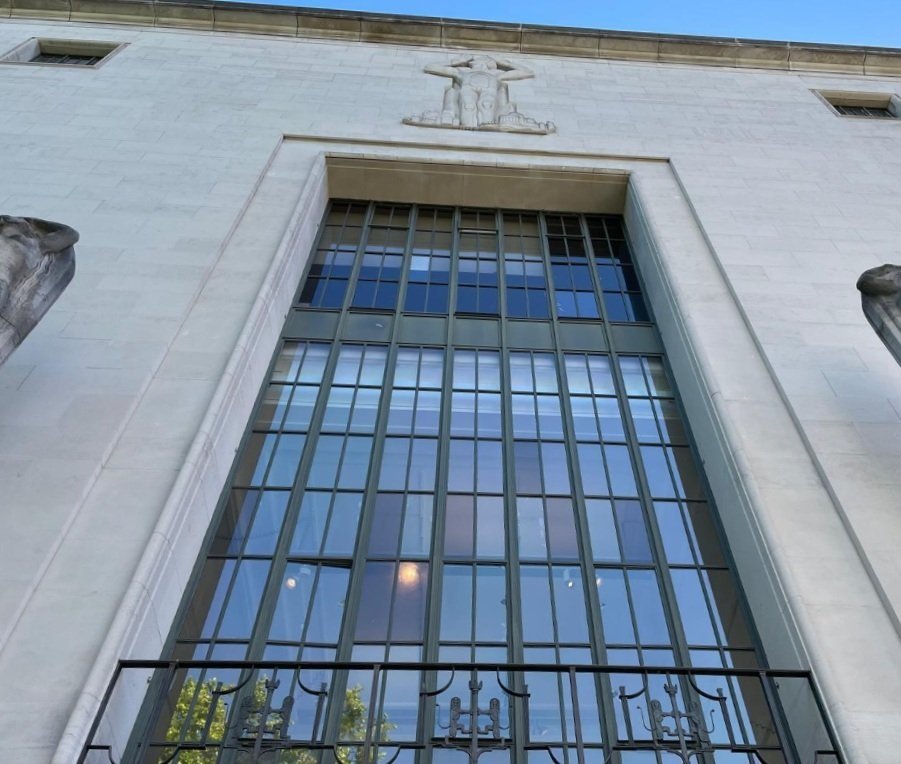

Interview with Louis Purbrick: ‘H Blocks: An Architecture of Conflict in and about Northern Ireland’
In this interview, Louis Purbrick speaks to Hiba Alobaydi about her H Blocks: An Architecture of the Conflict in and about Northern Ireland, shortlisted for the Alice Davis Hitchcock Medallion.

Interview with Gary A. Boyd: ‘Architecture and the Face of Coal’
In this interview, Gary Boyd speaks to Hiba Alobaydi about his Architecture and the Face of Coal: Mining and Modern Britain, the winning publication awarded the 2023 Alice Davis Hitchcock Medallion.
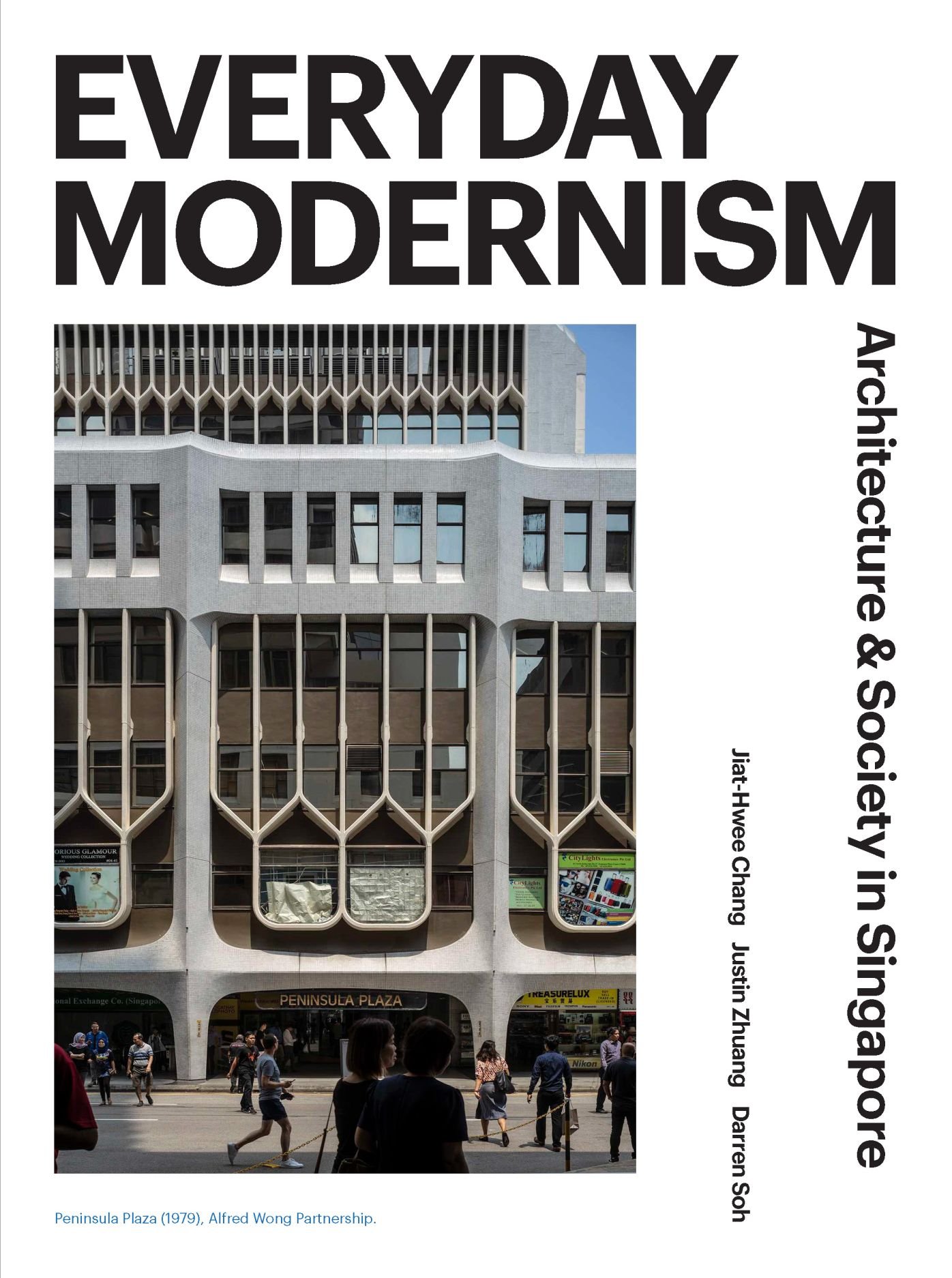
Interview with Jiat-Hwee Chang: ‘Everyday Modernism: Architecture and Society in Singapore’
In this interview, Jiat-Hwee Chang speaks to Hiba Alobaydi about Everyday Modernism: Architecture and Society in Singapore (2023), the publication declared as winner of the SAHGB Colvin Prize in December 2023.
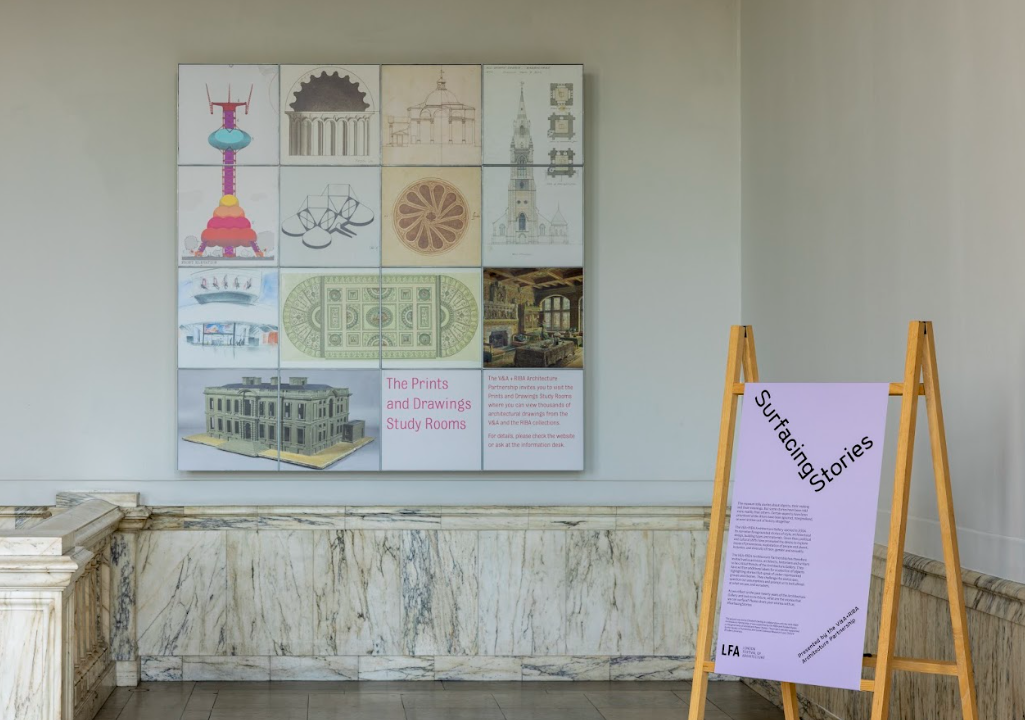
Surfacing Stories in the V+A and RIBA Architecture Gallery
When preparation for the Victoria and Albert Museum (V&A) + Royal Institute of British Architects (RIBA) Architecture Gallery was underway about 25 years ago, external consultation was carried out with a variety of different audiences to determine which architectural subjects potential visitors wanted to see represented in what was then the UK’s first permanent architecture gallery.

Modernism at the Mall
From the mid-nineteenth century, successful artists gravitated to studio houses in prosperous Chelsea and Kensington. The less affluent artists tended to work in left-over industrial spaces in the more insalubrious parts of town. In the 1860s, when Hampstead became part of the suburban railway system and joined up with the city, some less-established artists began to move to Belsize Park, down-hill from Hampstead village, where earlier generations of artists including Constable, had lived and worked.

Our MA scholar shares experiences from her Master’s in Conservation of the Built Environment
Through this short article, Atarah Adams, our 2022-2023 MA scholar, shares her experiences from her Master’s in Conservation of the Built Environment at Birmingham City University.
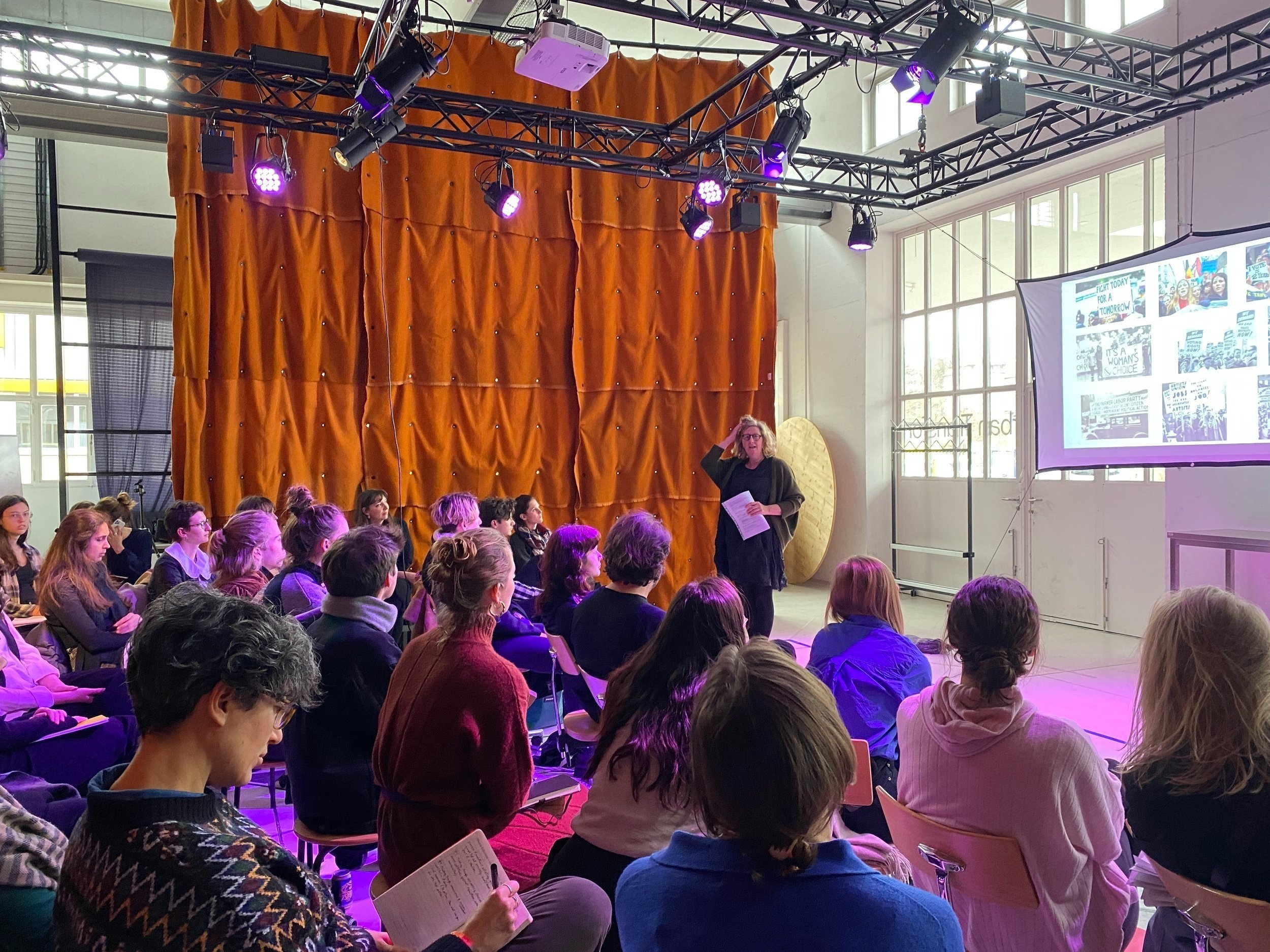
Women Writing Architecture: Communal Bibliography
Live since the end of June 2021, womenwritingarchitecture.org is an online, open-source annotated bibliography of writing by women about architecture. Initially designed to serve as a resource for academics and teachers when creating booklists and searching for critics, for example, the intention was to make it easier to stretch and test ‘the canon’ of architecture and its history.

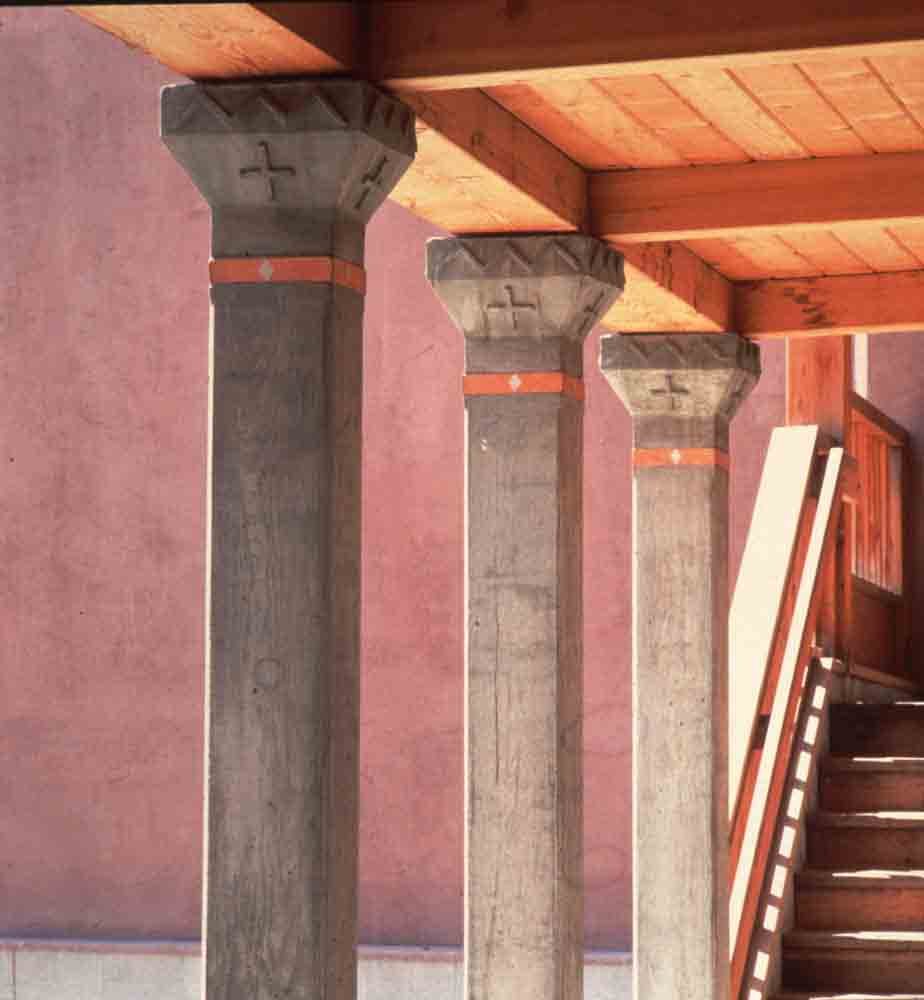
Remembering Christopher Alexander
As a leading critic of the theory and praxis of mainstream post-war architecture, Christopher Alexander’s place in the history of design theory is clearly unconventional. As such, any recollection of his extensive career and influence must fall outside of the typical architectural obituary which tends to a) focus on the most iconic structures they designed and b) place them within an art-historical ‘arc’ narrative.

The Doorstep
Sharaye Campbell, a Master of Architecture graduate from the University of Westminster, discusses the findings of her 5th year dissertation titled “The Doorstep.” The writing is based around the lives and journey of her Jamaican migrant grandparents in the 50’s and the role material culture played in Britain as a method of maintaining memories of their homeland.
